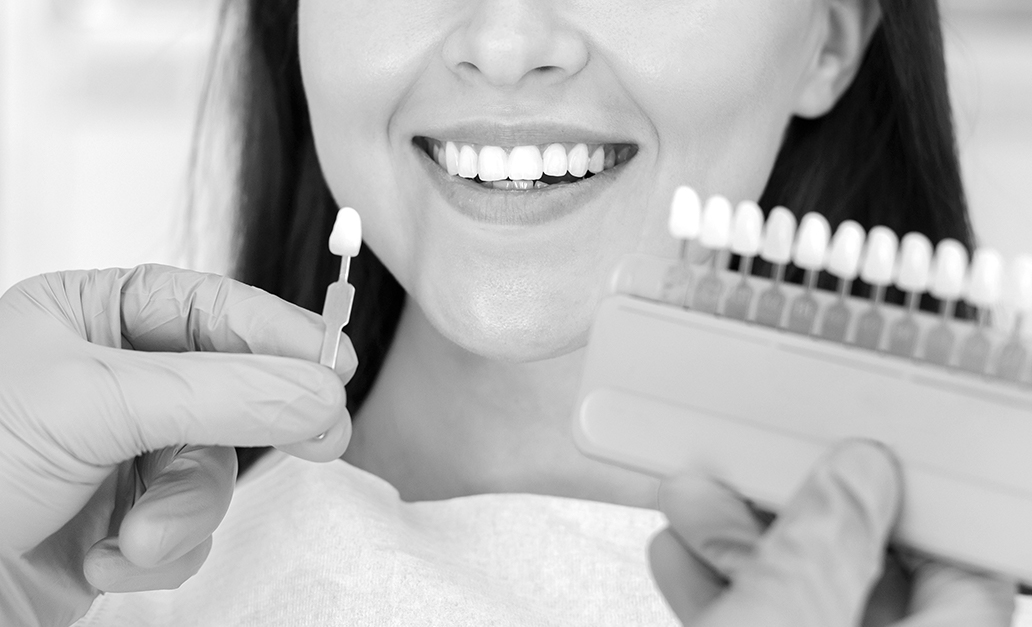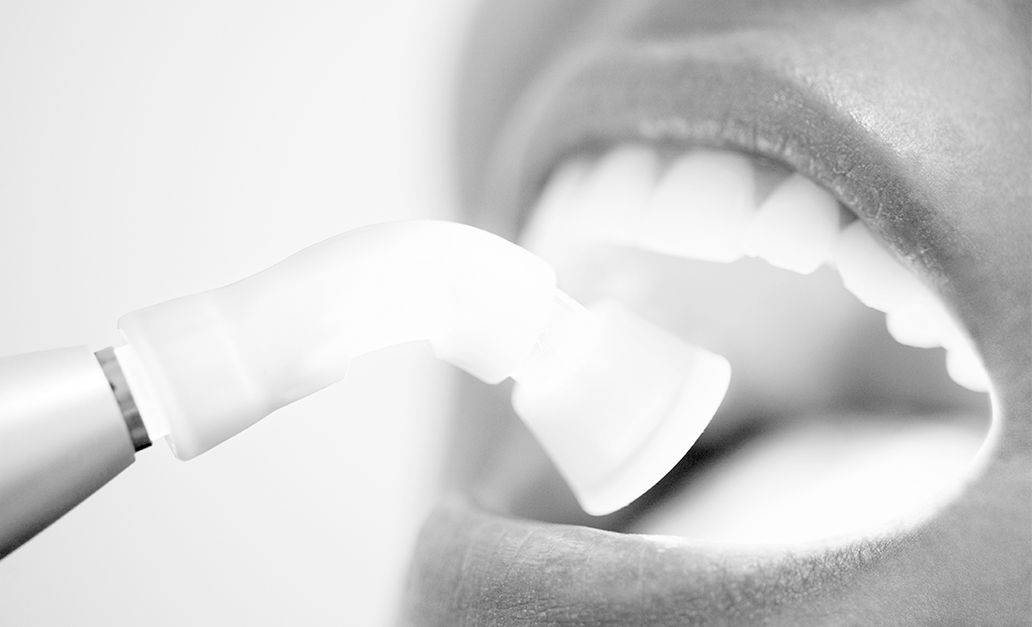When it comes to making a good impression or building relationships in society, your smile is an undeniable asset. Its usefulness rises well above aesthetics. Good-looking teeth contribute to higher self-esteem – they allow people to move forward and face difficulties. Many cosmetic treatments are now available at La vallée depending on people’s specific needs, and at various price points.
Get to know the range of treatments and procedures we provide to correct imperfections, both large and small. Go ahead – give yourself a boost!
And remember: there is no age for rejuvenating and embellishing your smile.









